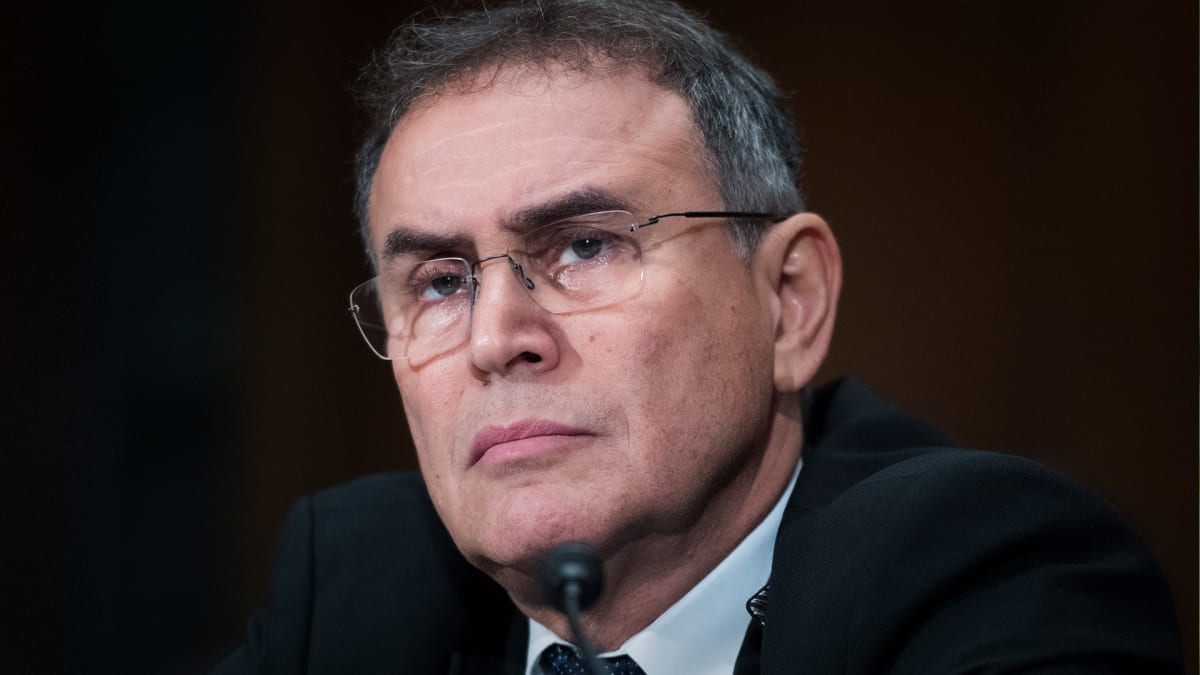
Debt around the world is growing as governments, businesses and individuals have gone on a spending and borrowing spree during the covid pandemic and as it has eased.
Nouriel Roubini, chief economist of Atlas Capital Team, sees that debt causing big-time trouble.
He has garnered the moniker “Dr. Doom” and predicted the 2007-09 financial crisis.
“The world economy is lurching toward an unprecedented confluence of economic, financial, and debt crises, following the explosion of deficits, borrowing, and leverage in recent decades,” Roubini wrote on Project Syndicate.
Both the public and private sectors have amassed huge debts, he noted. “Just looking at explicit debts, the figures are staggering,” Roubini said.
“Globally, total private- and public-sector debt as a share of GDP rose from 200% in 1999 to 350% in 2021. ... In the U.S., it is 420%, which is higher than during the Great Depression and after World War II.”
Years of Over-Borrowing
Excessive borrowing has been going on for decades, Roubini said.
“The explosion of unsustainable debt ratios implied that many borrowers … were insolvent zombies that were being propped up by low interest rates,” he said.
“During both the 2008 global financial crisis and the covid crisis, many insolvent agents that would have gone bankrupt were rescued by [stimulative monetary policy] and outright fiscal bailouts.”
But now we’re paying the piper, Roubini said.
“Inflation -- fed by the same ultra-loose fiscal, monetary, and credit policies -- has ended this financial Dawn of the Dead,” he said.
“With central banks forced to increase interest rates in an effort to restore price stability, zombies are experiencing sharp increases in their debt-servicing costs.”
At the same time, stagflation (high inflation and weak growth) has arisen, Roubini said. And “we cannot simply cut interest rates to stimulate demand,” as central banks did during the 2007-09 financial crisis, he said.
That’s partly because the global economy also faces supply shocks that are reducing growth and increasing prices, he said.
“These include the pandemic’s disruptions to the supply of labor and goods, the impact of Russia’s war in Ukraine on commodity prices, and China’s increasingly disastrous zero-covid policy,” Roubini said
Hard Economic Landing
“Unlike in the 2008 financial crisis and the early months of covid, simply bailing out private and public agents with loose macro policies would pour more gasoline on the inflationary fire.”
So what’s going to happen? “There will be a hard landing -- a deep, protracted recession -- on top of a severe financial crisis,” Roubini said. “The economic crisis and the financial crash will feed on each other.”
Central banks will reverse their tight monetary policies, he said. “With governments unwilling to raise taxes or cut spending to reduce their deficits, central-bank deficit monetization will once again be seen as the path of least resistance.”
But then “the inflation genie [will] get out of the bottle,” Roubini said. And “nominal and real borrowing costs will surge.”
The result: “the mother of all stagflationary debt crises can be postponed, not avoided,” Roubini said.







